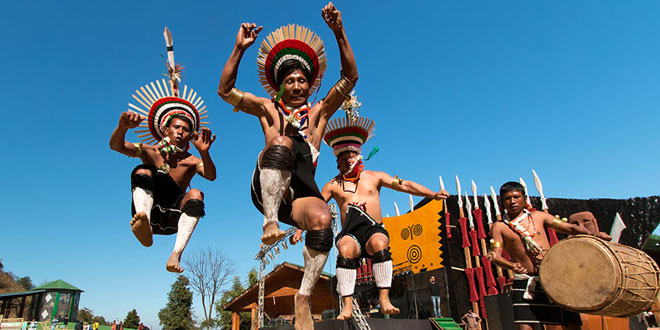Question: Give a brief life sketch of Birsa Munda.
Answer: Birsa was bom in the mid-1870s in a family of Mundas, a tribal group that lived in Chottanagpur. He grew up around the forests of Bohanda, grazing sheep, playing flute and dancing in the local akharas. As an adolescent Birsa heard tales of the Munda uprisings of the past and saw sirdars (leaders) of the community urging the people to revolt.
Birsa took great interest in the sermons of missionaries because they inspired the Mundas to attain their lost rights. He also enjoyed the company of a prominent Vaishnav preacher. He wore the sacred thread and began to value the importance of purity and piety.
He decided to reform tribal society. He urged the Mundas to give up all their bad practices like drinking liquor, etc. Here, it is worth-mentioning that Birsa also turned against missionaries and Hindu landlords.
He urged his followers to restore their glorious past. He talked of a golden age in the past—when Mundas lived a very good life. They did not kill their brethren and relatives. Birsa wanted to see these qualities again in the tribal society.
The British officials got terrified to visualize the political aims of Birsa Munda. As the movement spread, the government arrested him in 1895, convicted him on the charges of rioting. He was also jailed him for two years.
After Birsa was released in 1897, he began to tour the villages to gather support. He urged his supporters to destroy dikus and the Europeans. In 1900, he died of cholera and the movement faded out. But it proved significant in the long run.
Question: Name some tribal groups of India. Write three features of tribal society.
Answer: Some of them were the Mundas, Santhals and Onaons in the Chhota Nagpur the Baigas Gonels and Nagas in the North-east. The three features are:-
- The tribal societies did not follow the caste ruler laid down by the Brahmans.
- There was more equality among them.
- They had a distinct culture of their own and they wanted no one to interfere in it.
Question: What do you understand by shifting cultivation?
Answer: The tribals living in Central India and the North-east generally practiced shifting cultivation. The tribals selected a patch of land and cleared it by cutling down the trees and burning them. Then they cultivated that land for some years. When the yield from the land decreased, they abandoned it it and moved to a new area.
Question: How did the British dispossess the tribals of their land? What was its impact on the tribals?
Answer: The English East India Company tool over large tracts of land cultivated by the tribal. The landless tribal became wage labourers and were forced to grow cash crops. These tribal were paid very low wages. The tribal resisted the loss of their land as they considered themselves the natural owner of the land they had been cultivating for centuries.
Question: ‘The tribal were often caught in the cycle of debt’ Explain.
Answer: The tribal were largely self-sufficient. However, for some thing, they had to depend on outsiders. The traders charged very high prices for the goods they sold to the tribal. Also, the tribal often had to take short-term loans from. Money lenders, who charged a very high rate of interest from the illiterate tribal. So the tribal were often caught in the cycle of deft.
 Class Notes NCERT Solutions for CBSE Students
Class Notes NCERT Solutions for CBSE Students



Thank you for helping it made my worksheet easy!
THANK YOU….
Thanks for the answers this made my home assignment easy.